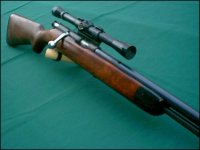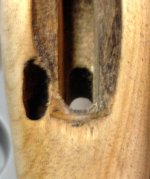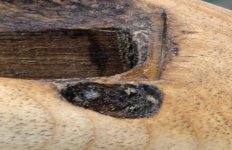easyliven88
New member
Hello all, I have had this Buckhorn Model 66B for some time now and am now finally getting to work on it. For starters, I picked this little rifle from a garage sale. Some one had put a super dark stain on it, so basically it was a plum color and plum ugly. I stripped it, then bleached it and now it is down to bare walnut.
Once stripped I noticed a wood repair (bad repair) just left of where the tang would be...so I dremeled out the filler and there is a nice and neat "pocket". My question is: was this "pocket supposed to be there (I personally don't see any reason for it). It just seems uniform, kind of.
Anyway I would like some input as to what filler you might use in this situation. It has to be stain-able, I would like to make this a beautiful original stock again.
Thanks for any comments/input....

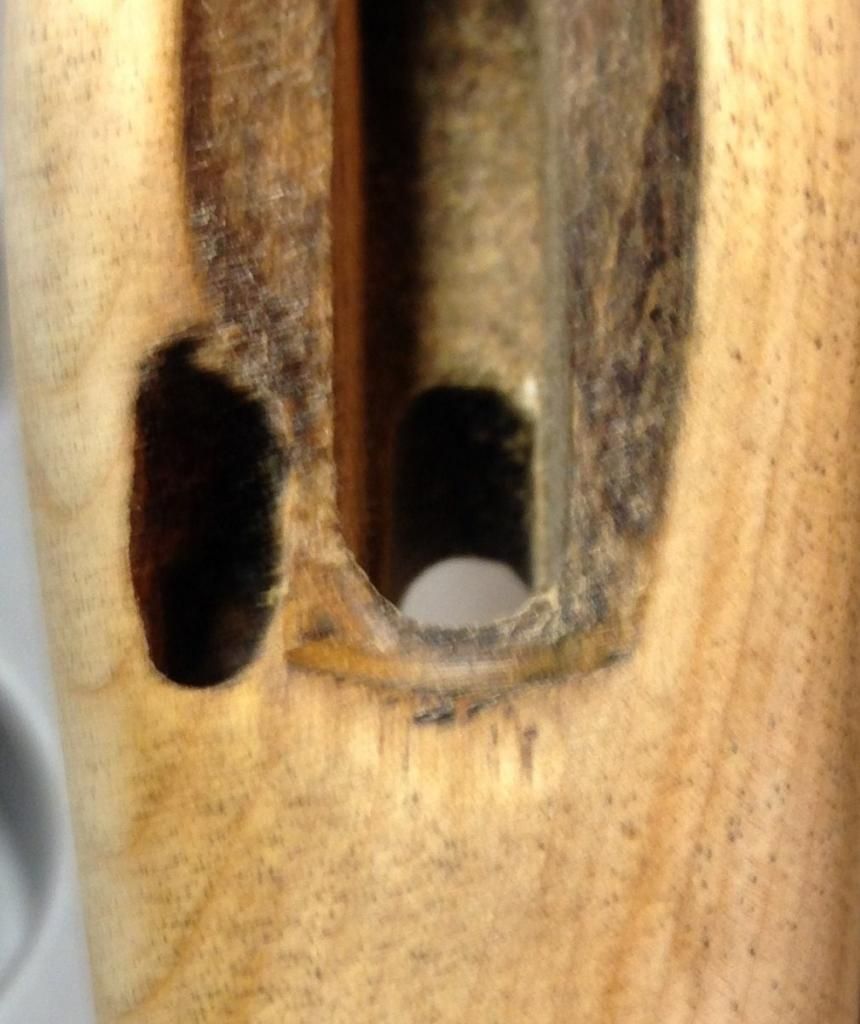
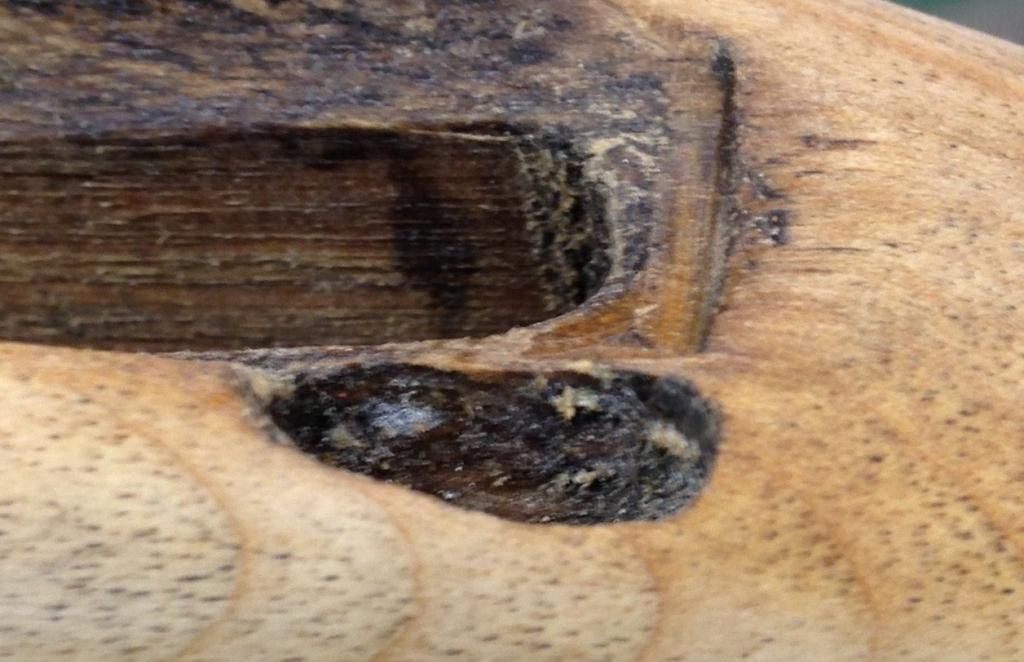
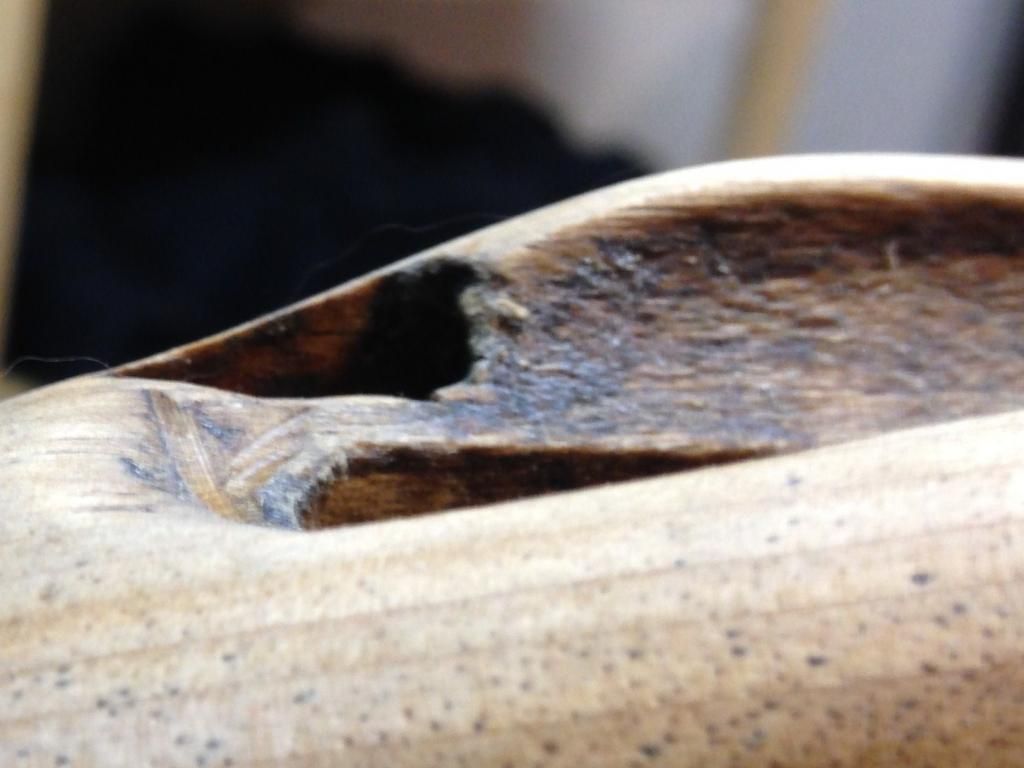
Once stripped I noticed a wood repair (bad repair) just left of where the tang would be...so I dremeled out the filler and there is a nice and neat "pocket". My question is: was this "pocket supposed to be there (I personally don't see any reason for it). It just seems uniform, kind of.
Anyway I would like some input as to what filler you might use in this situation. It has to be stain-able, I would like to make this a beautiful original stock again.
Thanks for any comments/input....





